GreenStart's mission is to foster a resilient energy and food system for New Hampshire by providing technical education and practical agricultural examples. An educational non-profit organization established in 2006, GreenStart sees food and fuel security as the end-product of a vibrant, sustainable agriculture system in New Hampshire.
New Hampshire has 40% of its land area in agricultural soils, yet farms only 10% and imports 95% of its food and fuel. New Hampshire has no significant petroleum resources. To feed and fuel itself from sustainable natural resources, New Hampshire must improve its soils while also improving production.
To achieve this end, GreenStart facilitates projects that
1) increase soil carbon “banking”
2) decrease energy inputs
3) increase both food and fuel outputs (positive energy and carbon balance)
4) promote “tight” cycling of nutrients
5) provide opensource access to appropriate knowledge, seeds and equipment


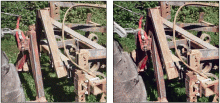

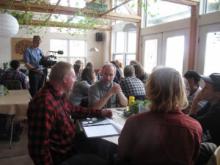



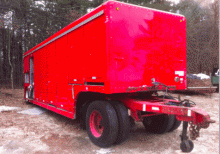

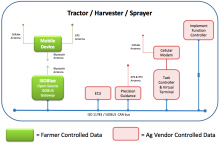


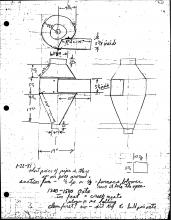
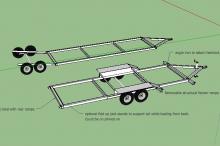

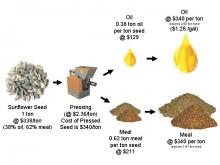
I would recommend looking at the roller crimper tool page. I will see if I can attach this forum post to it. The primary issue with the cimper with mixed covercrops is getting them to flower close enough to each other so that they will kill when they are rolled. If some are too far along they will produce viable seed, and others that are not mature enough may still have enough root energy to recover. If your roller is the standard I&J model based on the rodale design, you will want to make sure that your fall seedbed prep is very good. Because the roller is rigid, if the ground is anything but flat, it will ride up on ridges and miss hollows - which results in sections missing crimps.
One of the developments I would like to see on farm hack is to develop a sectional roller that will follow ground contours and apply even ground pressure. Charles Martin in PA has addressed this with a roller mounted between the rows on a no-till corn planter which also has the advantage of seeding into a standing crop, rather than having to set the planter up to work through the rolled mulch.
Hairy vetch is a great cover crop to mulch and provides wonderful weed supression while it is growing, but decomposes very rapidly. If there are perennial grasses, they will push through the vetch mat by mid July (if the vetch was killed mid june). Winter rye on the other hand - if planted at 140lbs/acre or more in good fertile soil (sometimes growing up to 7' tall), will provide a heavy mat of many inches that will not decompose significantly until the following season. I have had good luck last season planting crimson clover and winter rye together and having them bloom together in the spring. Since crimson clover is an annual, it also kills easily when flowering. I have used it as a mix this year with rye, and with winter wheat and winter barley.
I have not done the rye vetch mixture for crimping in the past because the bloom dates have not been coordinated - and vetch in general has been harder to kill with a crimp until a little after full flower and seed pods start to show. However, I found on our farm that a disk harrow set without offset, or a no-till drill run over the vetch is far more effective in killing the vetch and can work several weeks earlier than the crimper. This season I am going back to planting a rye vetch mix again for crimping with this more aggressive method for killing the vetch - with the hope that the viney vetch will pull down the rye enough to be crimped with the disks of the no-till drill.
There is so much to learn and experiment with in these approaches. I really look forward to hearing about your experiences.